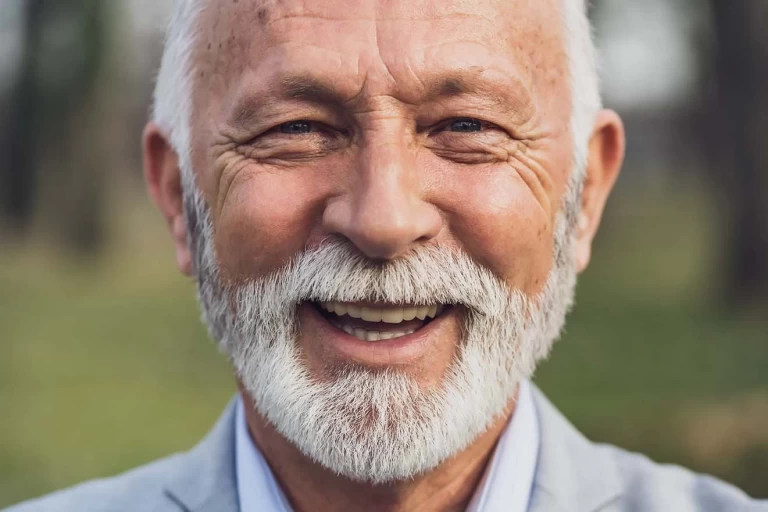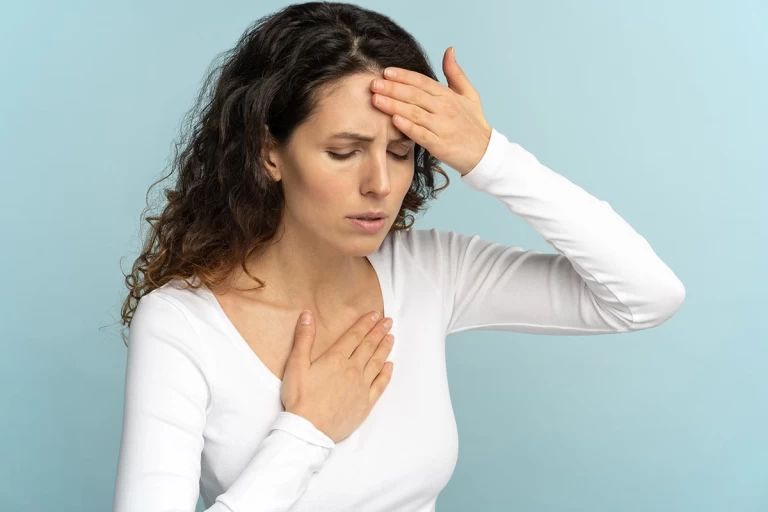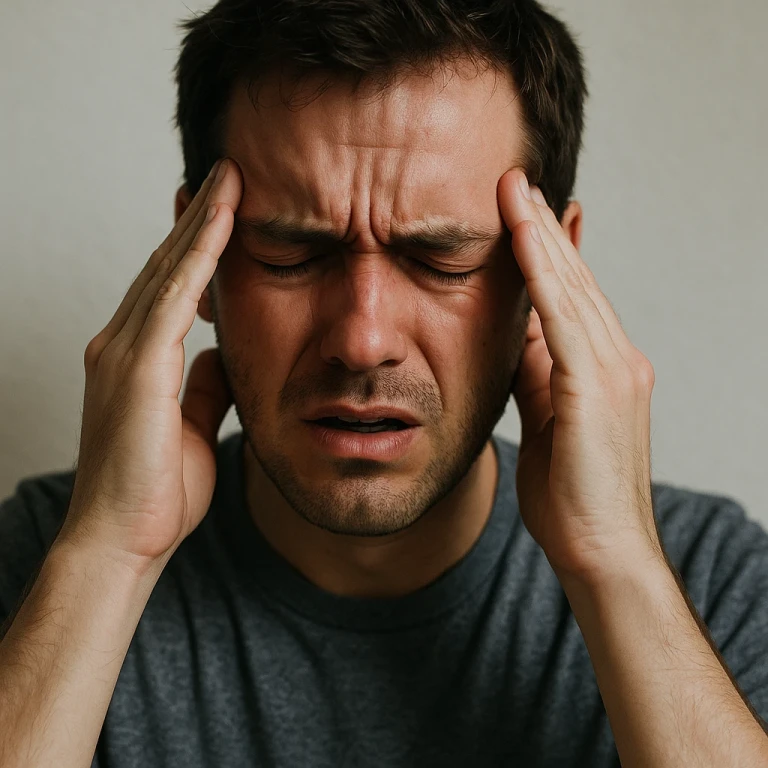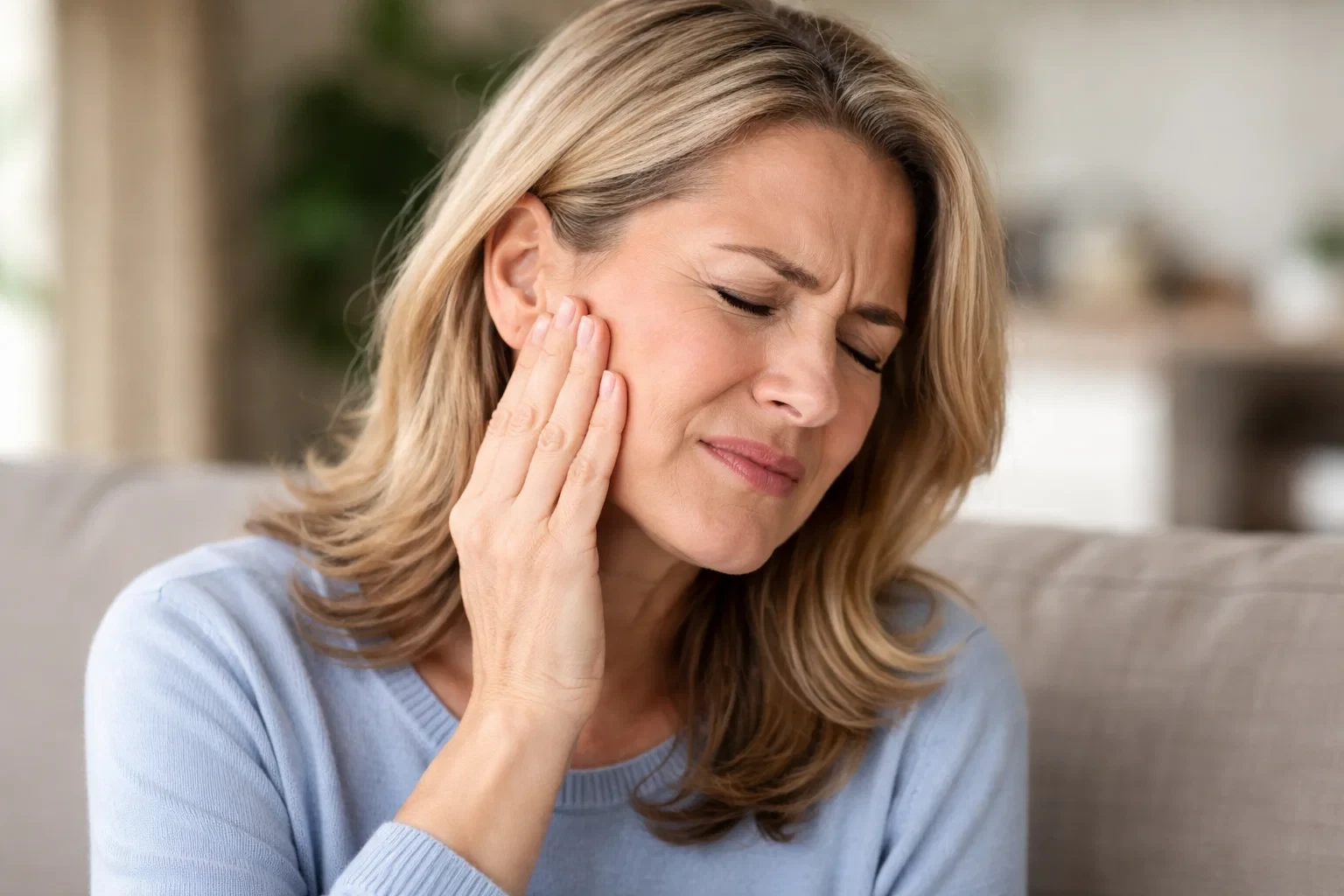
Vertigo, Ménière’s Disease, and the Upper Cervical Connection: What Two Decades Have Taught Me
Vertigo and Ménière’s disease—if you’ve ever spun through their world, you know it’s more than just a dizzy spell or a passing inconvenience. Together, these conditions grip about 4% of the U.S. population. Yet, in the sterile corridors of mainstream medicine, options for real relief are frustratingly thin. Pills, perhaps. A shrug, sometimes. “Learn to live with it,” more often than not.
By downloading the Digital Patient Chart mobile app you can better control your patient portal.
I didn’t set out to become a crusader for neck corrections. But after twenty years in practice, working hands-on with the Blair Upper Cervical technique, I’ve witnessed a recurring pattern: when we address subtle misalignments at the top of the spine—specifically the atlas and axis vertebrae—people with vertigo and Ménière’s don’t just manage symptoms. They often improve, sometimes dramatically. Not overnight, not always predictably, but enough to make me rethink what “root cause” really means.
Beyond Symptoms: A Shift in Perspective
Let’s be clear. In our office, we don’t chase symptoms. That’s the old paradigm—mask, numb, repeat. Instead, we’re obsessed with structure: correcting underlying issues in the neck that block the body’s natural healing. Most folks who walk through our door are weary of the merry-go-round of symptom management. They want answers, not just bandages. And honestly, so do I.
But to get there, something has to shift. Not just in the body, but in the mind. You have to be willing to see your health through a new lens—one where your neck, of all things, might be the silent saboteur behind years of spinning rooms and muffled hearing.
Why the Upper Neck? Anatomy’s Balancing Act
Here’s a detail I’ll never stop marveling at: your head, that ten-pound marvel, balances atop the atlas—the C1 vertebra—which weighs just two ounces. Imagine a bowling ball on a soda cap. It’s a delicate arrangement, elegant but vulnerable. A fender bender, a fall, even years hunched over screens—any of these can nudge the atlas or its neighbor, the axis (C2), out of alignment.
And tucked within this region, the brainstem houses the vestibular nuclei—the control center for balance. If you’ve noticed your vertigo flares when you turn your head a certain way, that’s not a coincidence. It’s a clue, a breadcrumb trail leading back to your neck’s biomechanics.
Trauma, Tension, and the Nervous System
Neck injuries don’t always announce themselves with drama. Sometimes it’s a slow burn: ligaments stretched, joints subtly shifted, nerves irritated just enough to throw your whole system off-kilter. I’ve lost count of how many times I’ve seen “straight neck syndrome”—that rigid, military posture that creeps in after trauma. The muscles clamp down, the natural curve vanishes, and the spinal cord gets tugged. It’s like someone’s pulled the slack out of your body’s wiring.
When the neck loses its curve, the entire balance system—vestibular, visual, proprioceptive—can start firing off false alarms. Yet, most people with vertigo or Ménière’s are prescribed medications that hush the symptoms but never ask why the signals are scrambled in the first place.
I’ve seen more than 12,000 patients in Southern California, and vertigo is hands-down the most common complaint. In the vast majority of cases, I trace the issue back to an upper cervical misalignment. It’s not a magic bullet, but it’s a pattern too strong to ignore.
What Does a Blair Upper Cervical Chiropractor Actually Do?
Here’s where myth meets method. We don’t “crack” necks or twist spines. Our approach is precise, almost surgical in its intent. First, we run a series of neurological tests—think of them as detective work for your spine. If the evidence points to an upper neck misalignment, we use 3D imaging to map out exactly how and where things have shifted.
No two misalignments are the same. That’s why each correction is tailored, down to the degree. The adjustment itself is gentle—no popping, no wrenching. And, here’s the counterintuitive part: the adjustment doesn’t heal you. It simply repositions the vertebrae, removing interference. The real healing? That’s your body’s job, given time and the chance to function without constant sabotage.
Our goal isn’t to keep adjusting you forever. It’s to help your spine hold its correction. Over time, as stability returns, visits taper off. The finish line is resilience—a neck that stays where it should, a body that can finally get out of its own way.
An Invitation, Not a Promise
If you’re in Sarasota, Tampa Bay, or Bradenton, and vertigo or Ménière’s has made life feel smaller than it should, we offer consultations—no strings, just a chance to see if this approach fits your story. And, as the old chiropractic saying goes: “Nature needs no help, just no interference.”
Stay curious, and take care of that neck.
—Dr. Hall









Leave a comment